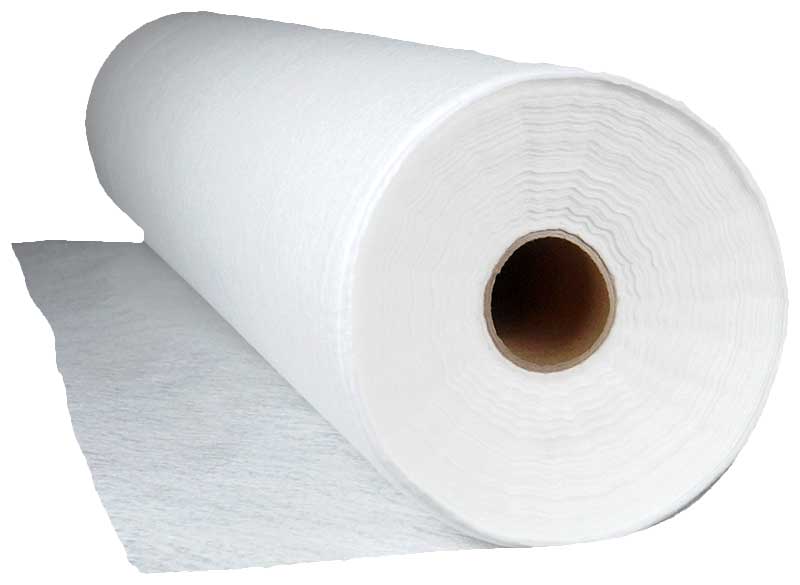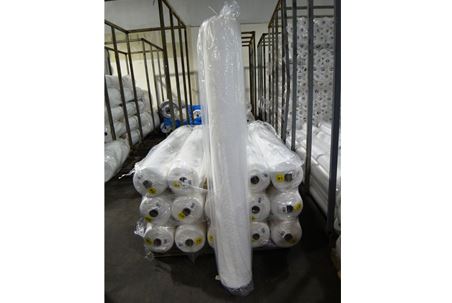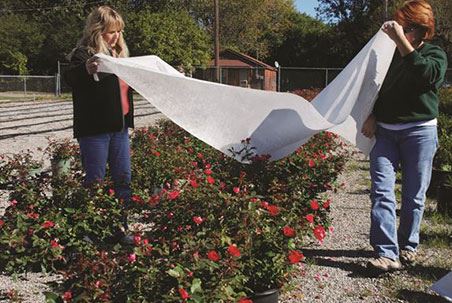The Complete Guide to Using Plant Covers for Frost Protection
Unexpected frost can damage or even destroy your plants overnight. Luckily, plant covers are an
easy, effective, and affordable way to protect your garden from sudden cold snaps. In this guide, we'll explain
what plant covers are, when to use them, and how to use them properly to keep your plants safe and
healthy.
What Are Plant Covers?
Plant covers (also known as frost blankets or frost cloths) are breathable fabrics designed to
protect plants from cold temperatures, frost, wind, and even pests. Unlike plastic, which can trap
moisture and damage plants, frost covers allow air, light, and water to pass through while insulating plants from the
cold.

Plant Cover Protection
Why Use Plant Covers?
- ✅ Frost Protection: Covers trap heat from the ground, keeping plants warmer overnight.
- ✅ Extend Growing Season: Grow plants earlier in spring and longer into fall.
- ✅ Wind and Pest Barrier: Shields delicate plants from windburn and insect damage.
- ✅ Easy to Use and Reusable: Covers can be used throughout the season and stored for future use.
When Should You Use Plant Covers?
- Early Spring and Late Fall: Protect against overnight frosts during season transitions.
- During Sudden Cold Snaps: Temporary protection when unseasonal cold weather arrives.
- For Young Seedlings: Shield newly planted crops until they're established.
Types of Plant Covers
Plant covers come in different weights and materials:
- Lightweight covers (0.5 to 1 oz) for light frost and young plants.
- Medium covers (1.5 oz) for moderate frost and wind protection.
- Heavy-duty covers (2 oz and up) for hard frost and long-term use.
How to Use Plant Covers — Step by Step

Frost Covers Installed on Individual Plants
Step 1: Water Your Plants
Moist soil retains heat better. Water plants during the day before a frost is expected.
Step 2: Drape the Cover
Place the cover loosely over plants, ensuring it reaches the ground on all sides to trap heat.
Step 3: Secure the Edges
Use rocks, bricks, or landscape staples to hold the cover down and prevent it from blowing away.
Step 4: Remove or Ventilate
On sunny days, lift or remove the cover to allow sunlight and airflow, especially if temperatures rise above
freezing.
Examples of Plants That Benefit from Frost Covers
| Plant Type |
Reason for Covering |
| Tomatoes, Peppers |
Protect from early/late frosts and wind damage |
| Leafy Greens (Lettuce, Spinach) |
Extend harvest season into cooler months |
| Strawberries, Berries |
Shield blossoms and fruit from cold snaps |
| New Seedlings |
Shield from wind and unexpected frost |
| Flowering Annuals |
Protect blossoms during fluctuating temperatures |
Pro Tips for Using Plant Covers
- Store properly when not in use to avoid damage.
- Use hoops or stakes to prevent heavy covers from crushing delicate plants.
- Combine with mulch around the plant base for extra insulation.
- Double-layer lightweight covers on very cold nights for added warmth.
Final Thoughts
Plant covers are an essential tool for gardeners looking to protect plants from frost, extend the
growing season, and ensure a healthier, more productive garden. With a variety of types and easy application, they are
a smart addition to any garden toolkit.
If you need help choosing the right plant cover for your garden, reach out to us — we’re here to
help!











